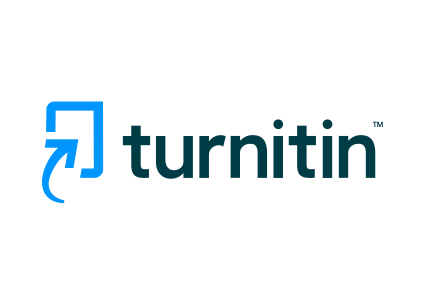Exploration of the Application of Holographic Technology in Elementary Learning: Case Review
DOI:
https://doi.org/10.35718/specta.v8i3.1254Keywords:
Basic education, holographic, creation, IKNAbstract
The designation of Nusantara as the new capital city of Indonesia presents a unique opportunity to integrate cutting-edge technology into various sectors, including education. Traditional learning has been the backbone of the education system, but in today’s rapidly evolving world, more innovative approaches are needed to engage students and improve learning outcomes. Higher education, in particular, must adopt modern teaching methods that encourage student engagement and interaction with learning materials. One promising advancement is the introduction of holographic technology, which has the potential to revolutionize the way knowledge is shared and consumed. While its use in education is still in its infancy, holographic technology, specifically mixed reality holograms that combine augmented and virtual reality, can create immersive learning experiences that blend real-world environments with virtual objects. This paper explores the basic concepts of holographic technology, evaluates its impact on student engagement, and its potential role in transforming education. The research identifies the strengths and limitations of holograms as a learning tool, assessing their effectiveness in today’s primary education. Case studies and related research in Nusantara demonstrate the practical application of this technology in the classroom. The study also offers insights into how educational institutions can begin adapting their systems to incorporate holographic devices, aiming to foster more innovative and effective learning environments for future generations.
Downloads
Published
How to Cite
Issue
Section
License
Copyright (c) 2024 Sasferi Yendra

This work is licensed under a Creative Commons Attribution-NoDerivatives 4.0 International License.
Authors retain copyright and grant the journal right of first publication with the work simultaneously licensed under a Attribution-NoDerivs 4.0 Generic(CC BY-ND 4.0) that allows others to share the work with an acknowledgement of the work's authorship and initial publication in this journal.




















